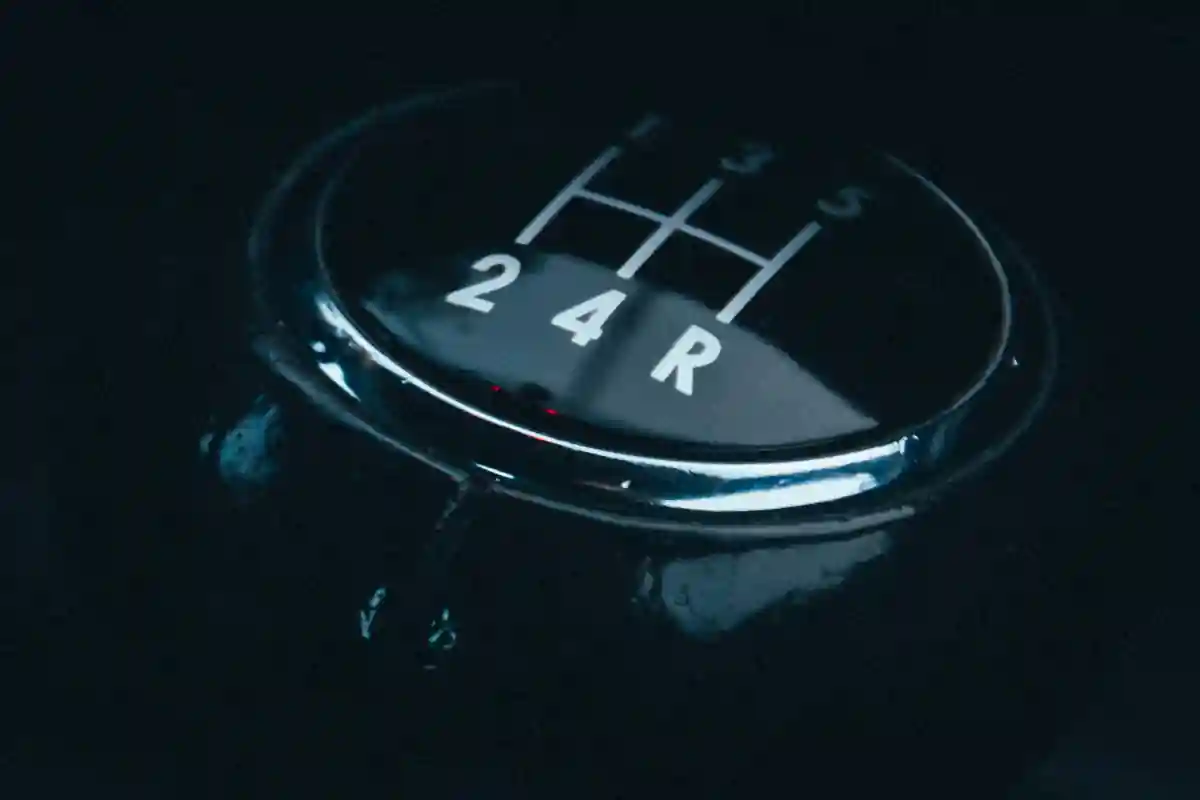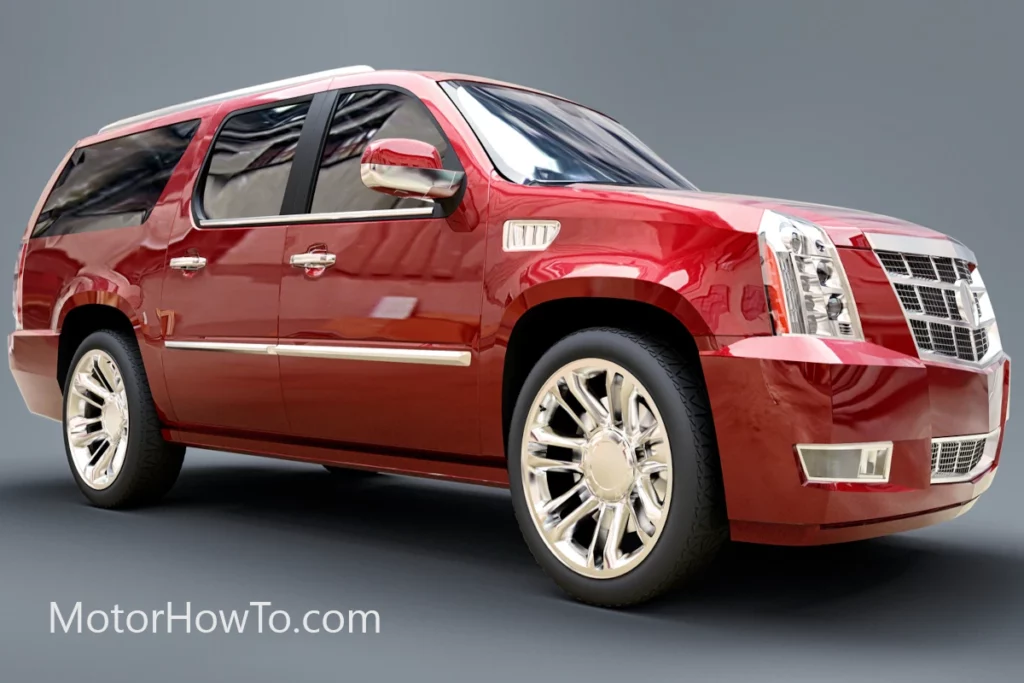Learning how to shift from one gear to another is one of the first things you need to learn while you are learning how to drive because it is important that you are using the right gears especially if you are driving a manual transmission car.
Now, regardless of whether you are driving manual or automatic, you should know that they both come with reverse gear that will allow your vehicle to move in reverse.
What would happen if you changed your gear to reverse while you are driving and moving forward?
Essentially, nothing will happen because it is impossible to change gears to reverse while you are driving. This holds true for both manual and automatic transmissions. However, for older cars, what would happen is that the engine would stall and would act like it’s in neutral, which can be dangerous.

What you should understand is that, because car manufacturers understand that there is no instance where you would have to shift to reverse while you are moving forward, it becomes nearly impossible for you to do actually do so.
But, in theory, this can end up stalling the engine. Still, it should be a good discussion to learn why you won’t be able to actually change gears to reverse while you are driving.
Related: What Happens When You Shift Gears Without Stopping? (Explained For Beginners)
What would happen if you change gear to reverse while driving?
Any driver would understand how important it is for you to change gears while you are driving so that you won’t get to max out the engine’s RPMs and overheat it.
This is why you have to make sure that you are always changing your gears while you are accelerating or decelerating so that you would be able to maximize your engine and make sure that it’s not going to get overheated.
In relation to that, manual transmissions require that you manually shift gears as you look at your tachometer while you are accelerating.
Meanwhile, it is also important to use different gears depending on the type of terrain you are driving, and using a stick shift will allow you to have greater control over the gears you are using.
On the other hand, automatic transmissions will no longer require you to manually shift your gears because the car does it for you depending on the RPMs and on the gear your car requires as you are driving forward.
Then again, there is also the reverse gear, which is meant to put your car in reverse so that you would be able to move backward.
But while it isn’t an issue for you to change your gear while you are driving such as moving from the second gear to the third gear or from D to L, what happens if you changed your gear to reverse while you are moving forward?
Basically speaking, nothing will happen. This answer might surprise you but this is actually very true especially if we are talking about the more modern cars that we have today. And that’s because our cars are built to make sure that you won’t be able to change your gear to reverse while you are moving forward.
In relation to your manual transmission cars, there is a physical lock that will be there to prevent you from moving your car’s gear to reverse while you are moving forward or before you come to a full stop.
This lock will only disengage once you have come to a full stop so that you will be able to shift to reverse. It can be possible if you try to force your way through it but it is basically nearly impossible for you to actually change gears to reverse while you are moving forward.
Meanwhile, in automatic transmissions, the same is true. For you to be able to shift your gear to reverse while you are moving forward, you would have to press a physical button on your shifter, and that would mean that you intended to actually shift to reverse while moving forward.
This means that there is a physical constraint preventing you from doing so. Moreover, the newer cars with transmissions that are electronically controlled will basically ignore your request of putting the gear in reverse even if you were able to actually put the shifter in reverse.
The basic reason why such locks or constraints were put in place is that there really is no reason for you to actually shift to reverse while you are moving forward.
Only a completely curious person would try to do so but, in terms of practicality, while you are driving on the road, there is no real reason why someone would even do it.
You would only end up damaging the car or causing an accident if you did try to change your gear to reverse while you are driving.
Then again, this isn’t the same story when it comes to older cars with an architecture that isn’t the same as the ones we have in our cars today.
These older cars are less likely to have the function that would inhibit you from putting your gear in reverse while you are moving forward, and that means that you might be able to put your car in reverse while you are driving if your car is on the older side of things.
That said, when you do drive an older car and you made the mistake of putting the car’s gear in reverse as you are moving forward, what will most likely happen is that your engine will stall. And once your engine has stalled, anything can happen to the car but could definitely be dangerous.
Is it safe to change gear to reverse while driving?
To reiterate, it is nearly impossible for you to engage your gear to reverse while you are moving forward especially if you are driving a car that isn’t that old (let’s say somewhere within 15 years old).
That’s because these cars are built with an inhibiting feature that will physically prevent you from actually shifting to reverse while the car is moving forward.
Meanwhile, newer automatic transmission cars would just simply ignore your orders and will continue to use the overdrive even if you did actually shift the gear to reverse while you are moving forward.
So, think of this inhibiting feature as a way for manufacturers to protect you from yourself in case you do actually intend to change your gear to reverse while you are moving forward.
The reason why they did so is already quite obvious at this point, and that’s because it is not safe for you to change your gear to reverse while you are driving.
If you are indeed driving a car that’s on the older side and doesn’t have the reverse-inhibiting feature or if you actually managed to shift your gear to reverse while you are moving forward, then you should be in for an experience that shouldn’t be on the memorable side of things.
As mentioned, what happens if you do indeed manage to put your gear in reverse while you are driving is that your engine will stall. Once the engine has stalled, you will lose the power steering and power braking assist functions that are there to make things easier for you.
Because you have now lost certain assist functions, it will be much more difficult for you to control your car to the point that you probably no longer have any control over it as it skids.
Emergency maneuvering would be very difficult to do even if you are a seasoned driver. And when it becomes difficult to maneuver your car in such a situation, neither you nor your car will be safe. You might even end up causing an accident that can harm other people as well.
Can you damage your car by changing gear to reverse while driving?
When your car stalls and you lose control over it because of how emergency maneuvering becomes difficult to do, you could very well end up damaging your entire car if you figure yourself into an accident. The extent of the damage can be difficult to tell because it still depends on how serious the accident is.
However, even if you don’t find yourself in an accident and you managed to find a way to steer your car back in place and then come to a full stop, there is still a chance for the transmission to self-destruct and would be in need of dire repair.
Your car won’t function if it doesn’t have a working transmission, and this can end up costing you thousands of dollars on repair costs.
If you are on the lucky side, your engine would simply stall and nothing will happen to you if you regain control over your car and manage to come to a full stop. This means that your car will neither be in an accident nor get damaged as a result of what you intended or accidentally did.
As such, to be on the safe side of things, it is always important to drill into your head to never attempt to try to change your gear to reverse while you are driving. The inhibiting feature is already there to prevent you from accidentally doing so.
Now, the only thing you need to make sure is that you don’t try to force your way through the physical constraints just so you could see what would happen if you changed your gear to reverse while you are moving forward. This would simply be flirting with danger or disaster on your part.
Sources
Firestone complete auto care: Reverse while driving
Auto Blog: Reverse transmission
Popular Mechanics: If You Shift an Automatic While Driving, Will You Damage Your Engine?



